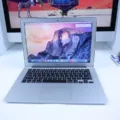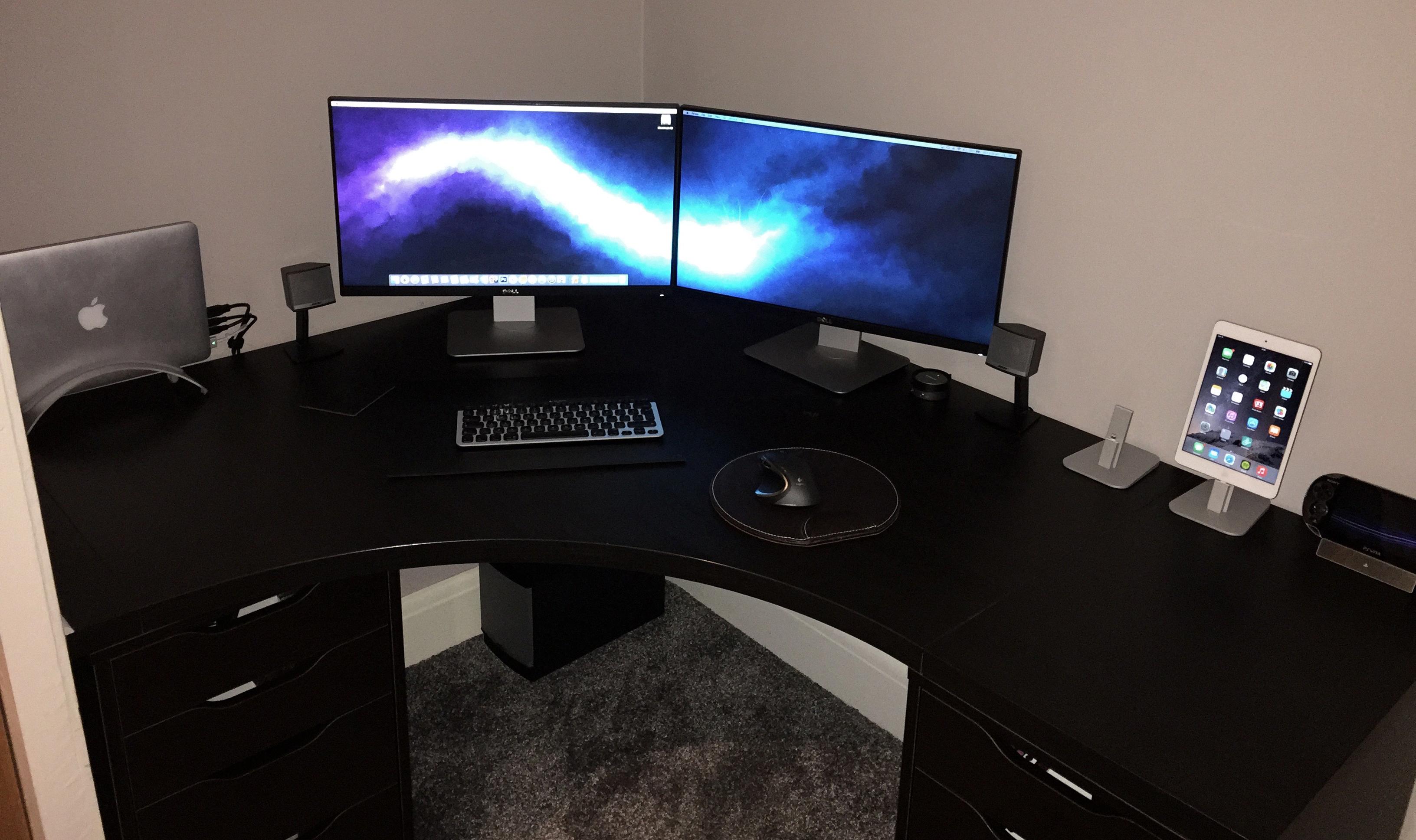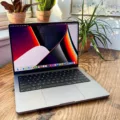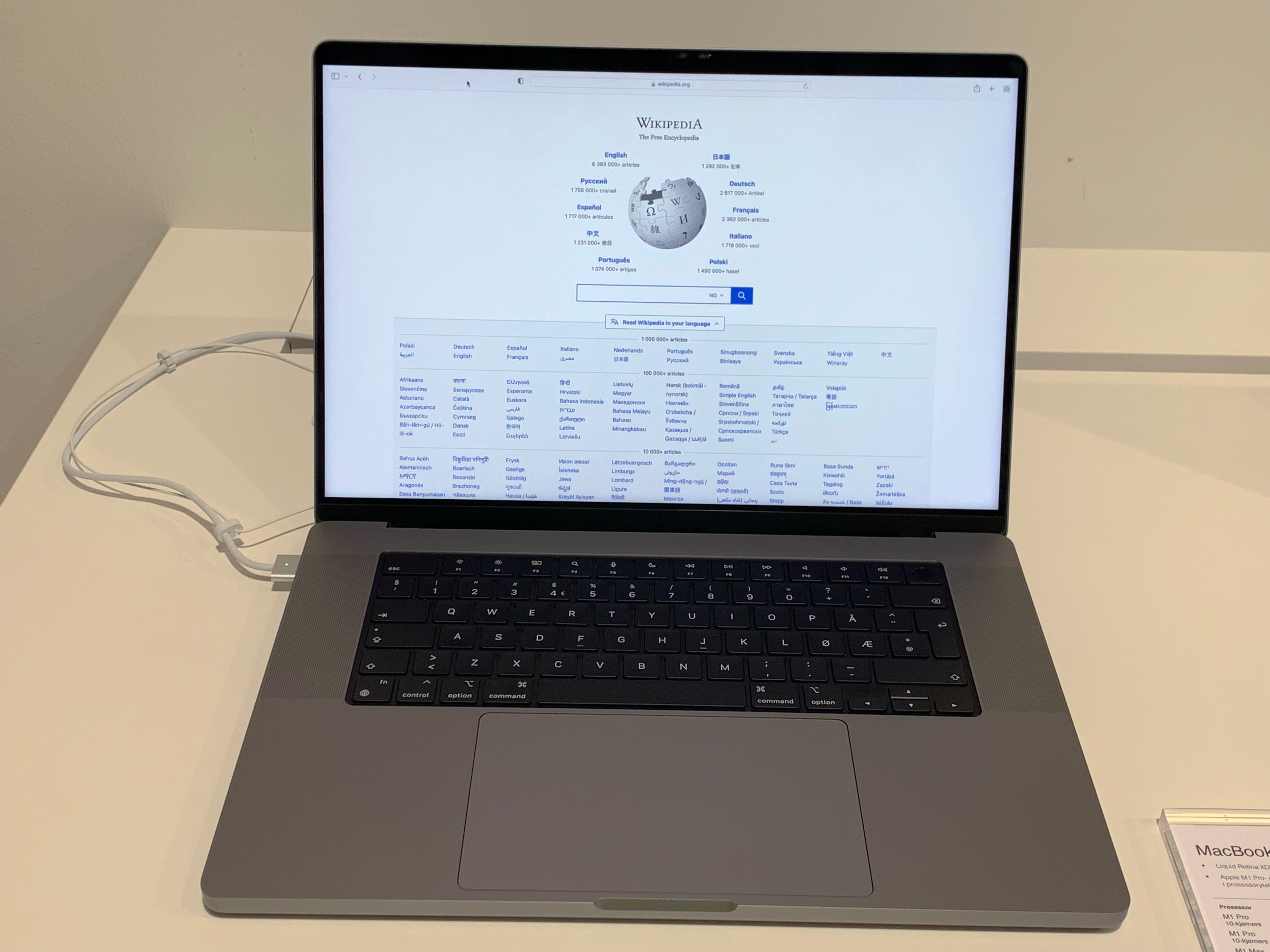Are you looking to upgrade your workspace with a Macbook Pro and two external monitors? If so, you’re in luck! Whether you need extra screen space for work or play, having the ability to connect multiple external monitors to your Macbook Pro can be a game-changer.
The latest Macbook Pros are equipped with an M1 chip, which is capable of powering up to six external displays at 6K resolution with over one billion colors. That’s pretty impressive! However, while the M1 Pro can handle two external monitors, the M1 Max is capable of driving three displays at 6K resolution plus one more at 4K. So if you want to take full advantage of the M1’s capabilities, then you’ll need an M1 Max machine.
Connecting your Macbook Pro to multiple monitors is easy. You can use its HDMI, mini DisplayPort, or Thunderbolt ports (via USB-C) and connect them to your monitors with the appropriate video cables and adapters. Your Macbook will automatically detect any connected displays, making it easy for you to set up a multi-monitor configuration in no time.
While having multiple screens attached to your Macbook Pro may sound great, there are some potential drawbacks that you should be aware of before investing in such a setup. Firstly, it will consume quite a bit of power which could lead to shorter battery life when unplugged from power sources. Furthermore, if you don’t have enough ports on your machine then additional adapters may be needed which could add additional costs. Lastly, while the M1 chip supports up to six external displays at once it may not be able to handle all of them simultaneously depending on their specs and resolutions.
Overall though, adding two or more external monitors can significantly improve your workflow and productivity by providing you with plenty of extra screens real estate for multitasking and other activities such as gaming or watching movies in 4K resolution. So if you’ve got an M1 Max Macbook Pro and want to take full advantage of its capabilities then adding two or more external displays is definitely worth considering!
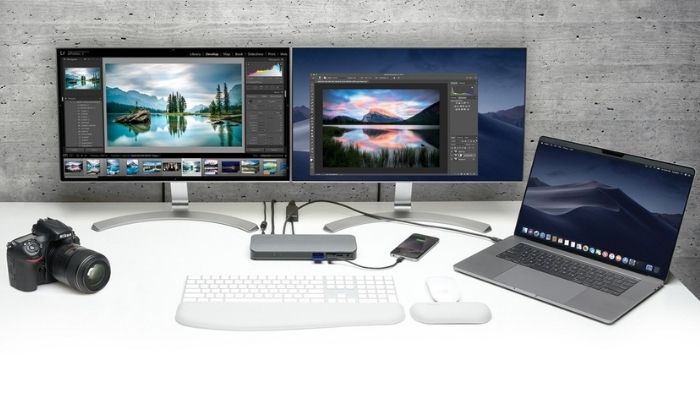
Connecting Two External Monitors to a MacBook Pro
Yes, you can connect two external monitors to a MacBook Pro. Depending on the model of your Mac, you will need to use either the Mini DisplayPort, Thunderbolt, or Thunderbolt 2 port. You may need additional adapters or cables depending on the type and connection of the external monitors. If both of your external monitors have Thunderbolt ports, you can connect one display to another and then connect one of the displays to a Thunderbolt port on your Mac. If both monitors do not have Thunderbolt ports, you can still connect them both by using an appropriate adapter for each monitor.
Can a MacBook Pro 14 Connect to Two Monitors?
Yes, the MacBook Pro 14 with an M1 processor can connect to up to two external displays with 6K resolution at 60Hz and over a billion colors. To do this, you’ll need to use a USB-C port and an adapter or dock that supports video output. Additionally, you can use Apple’s Pro Display XDR with 6K resolution at 60Hz and over a billion colors.
Connecting Two HDMI Monitors to a MacBook Pro
To connect two HDMI monitors to your MacBook Pro, you’ll need two HDMI cables and an adapter for each cable. To begin, plug one end of the first HDMI cable into your laptop’s HDMI port and then plug the other end into the adapter. Next, connect the adapter to one of your monitors using a second HDMI cable. Repeat this process with the second monitor and the remaining cables and adapters. Once all the connections are made, your MacBook Pro should detect both of your monitors automatically.
Does the M1 Chip Support Multiple Monitors?
Yes, the M1 chip does support multiple monitors. The M1 Pro and M1 Max MacBook Pro are capable of supporting up to four external displays simultaneously. This is made possible by the power of the M1 chip, which features an integrated 8-core GPU with 128 execution units for up to 2.6 teraflops of graphics performance. This enables users to connect up to four external displays at resolutions up to 6K (6016 x 3384).
Connecting Three Monitors to a MacBook Pro 13 Inch
Yes, you can connect up to three monitors to your MacBook Pro 13-inch. Depending on the model, you can use a combination of HDMI and Thunderbolt 4 (USB-C) cables. If your MacBook Pro 13 inch is from 2020 or later, it will have two Thunderbolt 4 ports that support up to two external displays each. If it is from 2019 or earlier, it will have one Thunderbolt 3 port that supports only one external display. Along with this, you can also use the HDMI port to connect an additional monitor for a total of three.
Troubleshooting MacBook Pro’s Inability to Connect to a Second Monitor
It is possible that your MacBook Pro is not compatible with the external monitor you are using. Make sure the external monitor has the correct ports to connect to your Mac. If it does, check the connections and make sure they are secure. You may also want to check the settings on your MacBook Pro in System Preferences > Displays to make sure that you have enabled the external display. If none of these solutions work, you may need to try a different type of adapter or cable for your external monitor.
Conclusion
In conclusion, the Macbook Pro is a powerful and versatile device that can be used for a variety of tasks. It has a wide range of ports to accommodate various external displays and accessories, allowing users to easily expand their workspace. The M1 and M2 models offer up to 6K resolution at 60Hz with over a billion colors, making them perfect for creative professionals. Additionally, the M2 model supports up to three external 6K displays and one 4K display, making it an ideal choice for those who need more than two monitors. With its impressive specs and features, the Macbook Pro is an excellent choice for anyone looking to stay productive and creative.


